Explainable AI (XAI): The Complete Guide (2024)
Viso.ai
FEBRUARY 12, 2024
True to its name, Explainable AI refers to the tools and methods that explain AI systems and how they arrive at a certain output. Artificial Intelligence (AI) models assist across various domains, from regression-based forecasting models to complex object detection algorithms in deep learning.

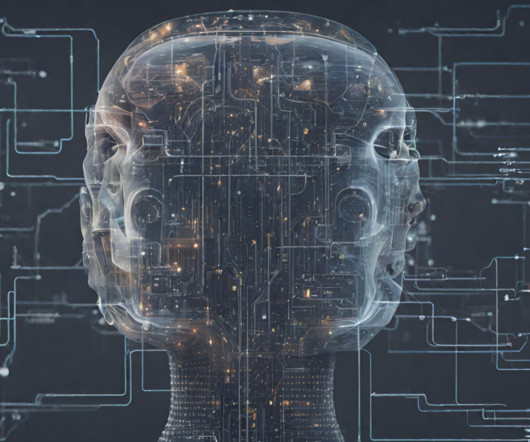

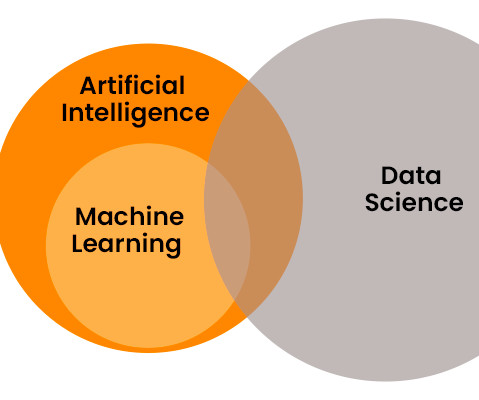
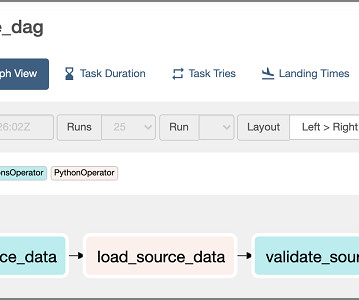
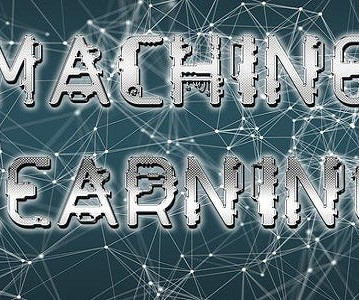
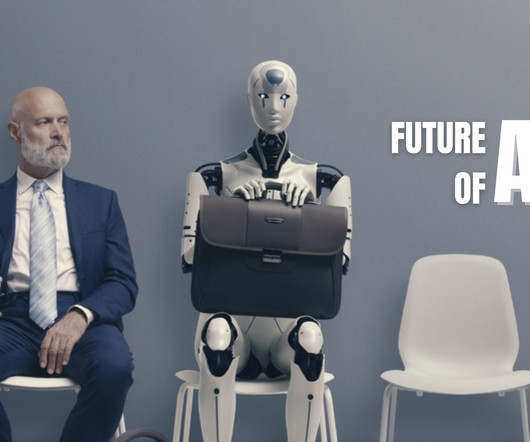

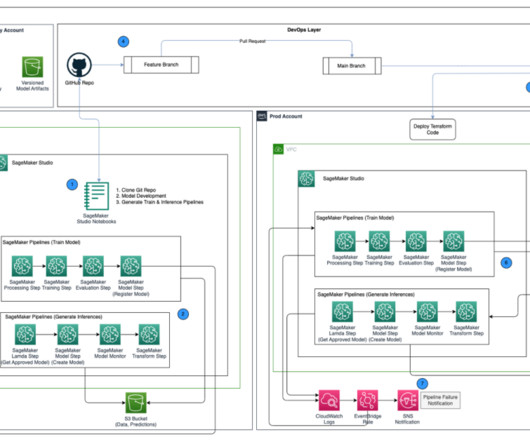






Let's personalize your content